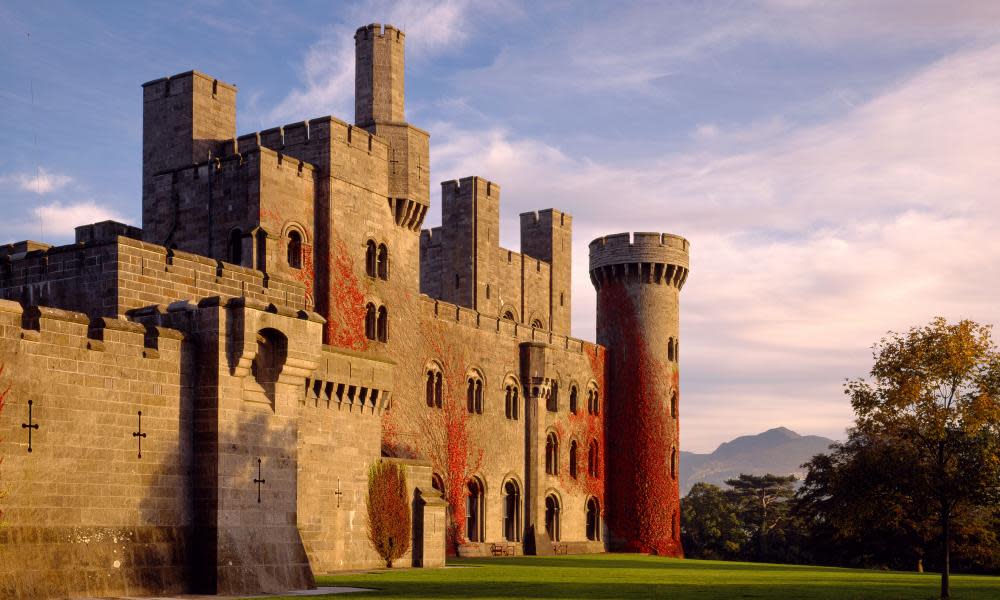The elephant in the rooms of our stately homes

As a long-term member of the National Trust, I find that it usually takes me until the third room of any visit to one of their stately homes before thoughts of what exploitation of workers was necessary to provide me with a pleasant afternoon’s diversion turn enjoyment into irritation and occasionally anger (Letters, 24 March). It used to take until the fourth room, but I’ve got older and less tolerant.
Gerald Wells
Congleton, Cheshire
• It would have been difficult for the writer of Bill Tidy’s obituary (20 March) to mention all of his output, but I would like to add Grimbledon Down to the list. I’m sure that I was not the only government scientist for whom this was the first page I turned to in each week’s New Scientist.
Dr Richard Towers
Budleigh Salterton, Devon
• Jim Leary states that some of the standing stones at Castlerigg are aligned with the midwinter sunrise (Rites of spring: the Lake District’s ancient stones marking the passage of the seasons, 25 March). Since there are many stones in this circle, that would not be difficult on most mornings of the year.
Ian Wilson
Thames Ditton, Surrey
• Your report on gene editing (Pets could be gene-edited under new English law, says RSPCA, 24 March) suggests the proposed legislation includes “all vertebrate animals”. That’s us too, then.
Simon Lauris Hudson
Pontefract, West Yorkshire
• If we’re going to ban artificial grass (‘It would survive nuclear Armageddon’, 29 March), can we also ban trampolines, please?
Susan Hemmings
London
• Have an opinion on anything you’ve read in the Guardian today? Please email us your letter and it will be considered for publication in our letters section.


